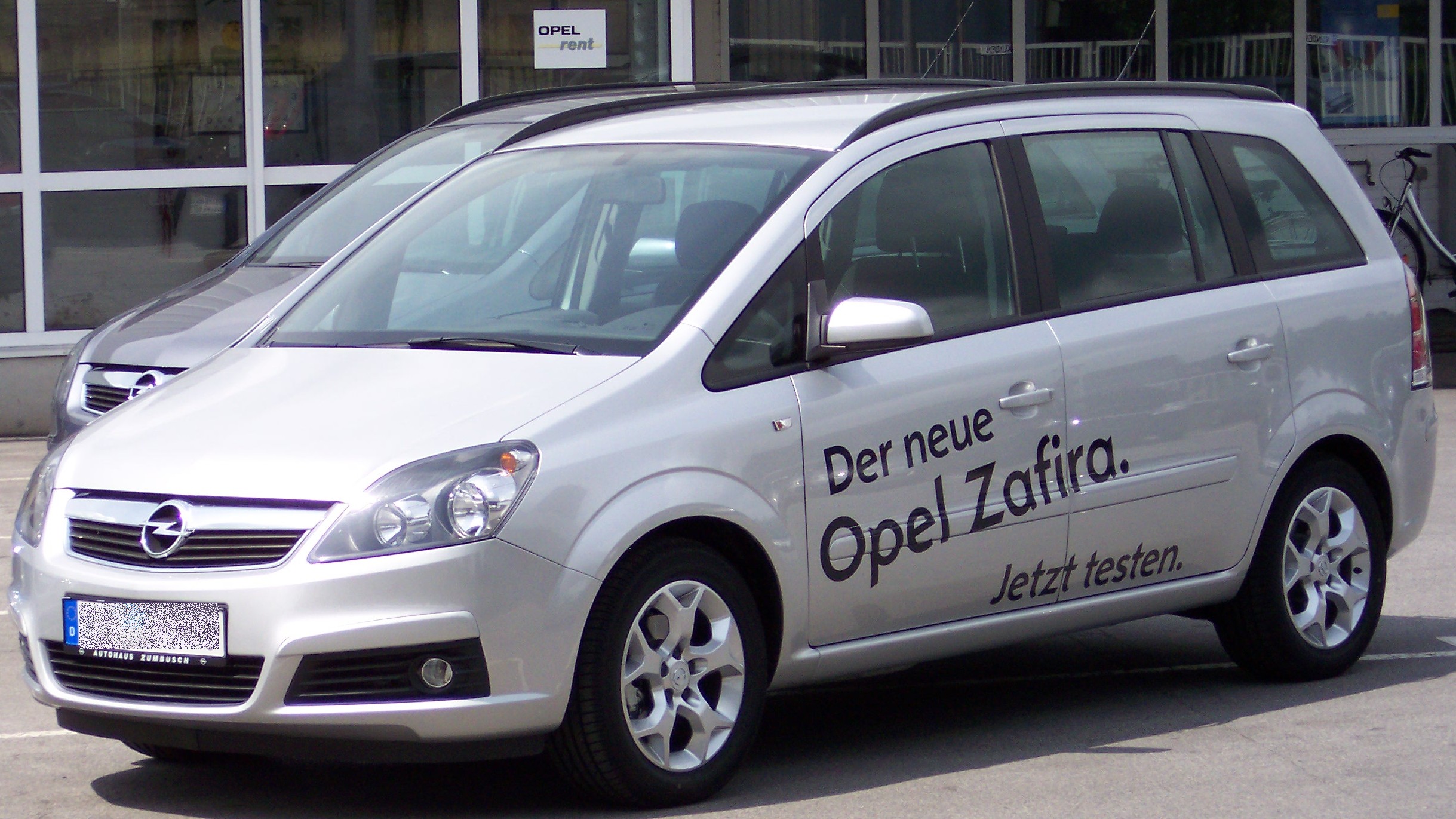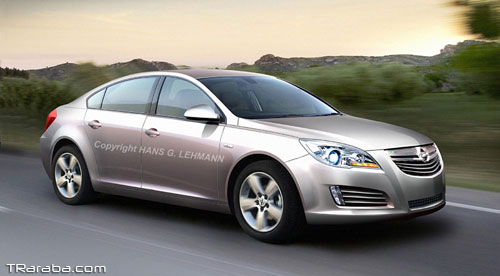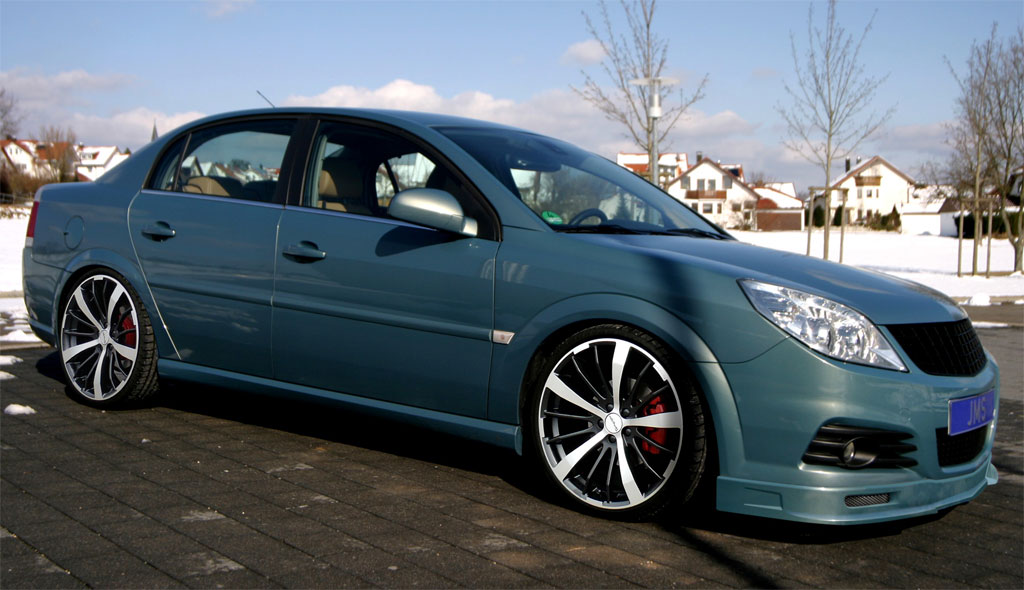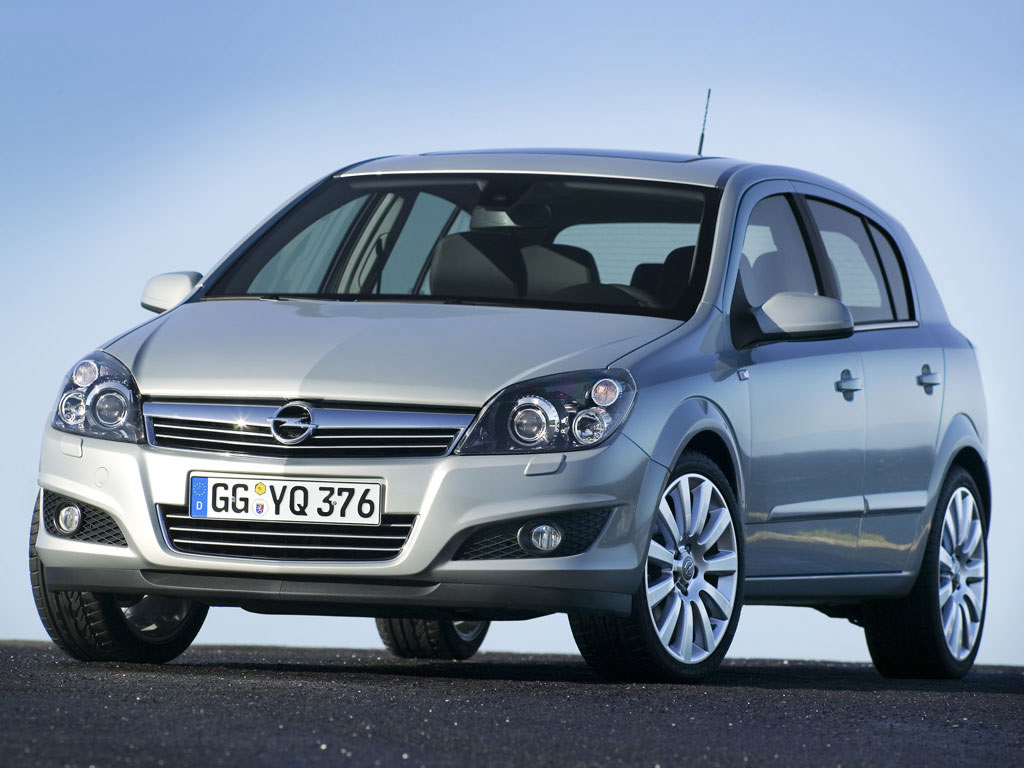
The Opel Zafira is a compact MPV engineered and produced by the German automaker Opel. The Zafira is branded as Vauxhall, and Chevrolet, depending on the market. In Japan, the Zafira was sold as Subaru Traviq. The car first appeared in 1999, and a second generation model was introduced in 2005. The Opel Zafira is produced in Bochum in Germany. The Opel Zafira has seven seats arranged in three rows, the back row of which can be folded into the floor to create more space, individually or together, rather than requiring that the extra seats be physically removed from the vehicle. The system was named Flex 7.The first generation of Zafira is usually referred to as Zafira A, as is customary for Opel models. The car was based on the same platform as the 1998 Astra G/B and shared much in common with that car. The Zafira A body was used in GM's concept hydrogen-powered fuel cell vehicle the HydroGen3. The Opel Zafira A was replaced by Zafira B in Europe and Japan from 2005, but is still sold in most other markets, except for Australia and New Zealand, where the model was cancelled altogether. The Zafira was sold in the Philippines from 2001 to 2005, being the last European-based Opel car to be sold in the Philippines after they stopped selling the Opel Astra in 2003.The Opel Zafira comes with a variety of engines adopted from the Astra. For Europe, there was a CNG-powered version and a 200 hp turbocharged version by the Opel Performance Center. In Brazil, the Zafira is also available with a flexible fuel engine. European versions of the Zafira had these engines:
* 1.6 -- 4-cylinder,(ECOTEC) 74 kW (101 bhp) - Fuel economy 9–10 km/litre in the city, and 14–15 km/litre on the highway.
* 1.8 -- 4-cylinder,(ECOTEC) 92 kW (125 bhp) - Fuel economy 6–8.5 km/litre in the city, and 11–12 km/litre on the highway.
* 2.0 Turbo—4-cylinder, 147 kW (200 bhp; OPC/GSI version) - Fuel economy 5.9–8 km/litre in the city, and 9.5–11 km/litre on the highway.
* 2.2 -- 4-cylinder, 108 kW (146 bhp) - Fuel economy 12.2 litre/100 km in the city, and 7.0 litre/100 km on the highway.
* 2.0 -- 4-cylinder turbo diesel, 74 kW (100 bhp) - Fuel economy 11–12.5 km/litre in the city, and 13–15 km/litre on the highway.
* 2.2 -- 4-cylinder turbo diesel, 92 kW (125 bhp) - Fuel economy 11–13.5 km/litre in the city, and 14–15.8 km/litre on the highway.
* 2.2 -- 4-cylinder turbo diesel, 107 kW (147 bhp) - Fuel economy 12–14 km/litre in the city, and 14–15.8 km/litre on the highway.

The Zafira B debuted in Europe in 2004, and sales started in 2005. It also shares the platform and mechanicals with the Astra, this time the H/C model. In February 2006, Zafira B was launched in Singapore. By March 2006, the model had only been introduced in Europe, Singapore and Japan, superseding the previous Zafira and the Subaru Traviq, respectively. In April in Mexico and later in September 2006 in Chile, this model was introduced, branded as Chevrolet Zafira. The Zafira B's engine lineup is partly adopted from the previous Astra/Zafira generation, but Opel replaced the old 2.0 and 2.2 turbodiesel I4 engines with 1.9 L common-rail turbodiesels developed by Fiat (Multijet). Opel Performance Center developed a turbocharged 240 hp (180 kW) 2.0 L performance version of the Zafira B as well. A CNG (Compressed Natural Gas) version of the new Zafira with a 1.6 L engine is also available. Zafira B's marketed in Europe are equipped with the following engines:
* 1.6 -- 4-cylinder Twinport, 77 kW (105 bhp) – To be replaced by an improved, 115 bhp (86 kW; 117 PS) version in 2008.
* 1.8 -- 4-cylinder, 103 kW (140 bhp)
* 2.0 Turbo—4-cylinder, 147 kW (200 bhp)
* 2.0 Turbo—4-cylinder, 177 kW (240 bhp; OPC/VXR version)
* 2.2 -- 4-cylinder, 110 kW (155 bhp)
* 1.9 -- 4-cylinder turbo diesel, 74 kW (100 bhp)
* 1.9 -- 4-cylinder turbo diesel, 88 kW (120 bhp)
* 1.9 -- 4-cylinder turbo diesel, 110 kW (150 bhp)

The third generation Zafira will be previewed in concept form at the 2011 Geneva Motor Show, with the prodcution version debuting at the 2011 Frankfurt Motor Show in September. The Zafira is then expected to go on sale in early 2012. In Mexico the Opel Zafira was discontinued after the 2006 model year, and replaced by the 5-passenger Chevrolet HHR (discontinued in Mexico since 2009). It has so far been a huge sales success in the United Kingdom, proving even more popular than its predecessor. In 2006 it was the UK's tenth best selling new car, proving more popular than the Vectra that just eight years earlier had been the brand's best selling product. By 2010, however, reflecting both its status as a run-out model and adverse consumer reaction to uncertainty over Opel's future, the car was being outsold in the ratio of nearly 3:1 by the more recently face-lifted Volkswagen Touran on the German market, with 2,568 Zafiras sold in the first two months of the year against 7,270 Tourans.








































